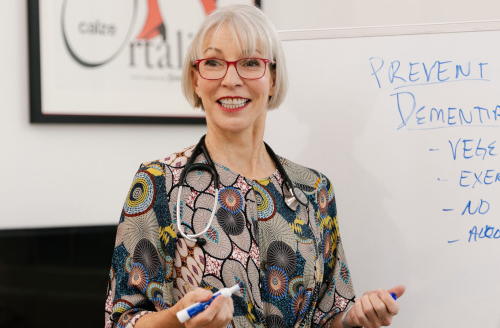In a time when American pharmaceutical companies are buying the rights to old medications such as morphine, colchicine (for gout- renamed Colcrys and charging $7 for a pill instead of 50 cents), or doxycycline and charging much higher prices, or developing peanut butter based nutritional supplements for famine torn countries and again jacking up the price to relief agencies well beyond the cost of components and transport; it is heartening to hear of Dr. Ruit, a Nepalese ophthalmologist, who has developed a cataract operation for $25 that takes five minutes to restore sight. That operation in America in 2010 cost an average of $3400, per eye. He has literally given life back to those who were blind in rural Nepal, since their chance of dying was greatly increased by their disability.
We should look for the ways in America, we can address the health and wellbeing in a cost effective manner. In San Francisco, programs have developed to address homelessness as a medical, and cost effective model. Leaving those with chronic illness, mental or physical on the street led to frequent expensive trips to the ER, the hospital and then recurrence, when the person was discharged with no way to maintain chronic care of medical issues, or recurrence of addiction.
For elders, the PACE program has been an innovative way to support the frail elders who would qualify for skilled nursing care, but were living at home. The PACE day program allows the families respite, the ability to maintain a job, and support to address the issues that often lead to an elder being placed in a nursing home.
Day programs are key for elders with dementia to support the families caring for them at home. Let’s be clear, most nursing home care is $9-11,000/mo. It is much cheaper for society to supplement care at home, than bring all those needing chronic care into a nursing home. For those with dementia, but who would not quality for a nursing home, i.e. no skilled nursing need, it is a lifeline. For the elder, it is also life enhancing. They are stimulated with music, activities, engaging with other outside of the home. Studies have shown when the brain is challenged to work in ways that are new, it stimulated the neurons to function better. For the record, watching TV is not an engaging activity, it more often leads to daytime sleeping, that leads to nighttime wakefulness, which leads to sleeping pills, that leads to confusion and falls, and daytime sleepiness.
What are other lower cost interventions that can support and stimulate our elders? We all need to step up to do our part.
Please comment here or on our Community Chat about any associated topics, or new topics. We hope to support a discussion on what challenges we face in caring for elders to help one another to find better options for care and fulfillment. The groups are for families, senior care professionals, and doctors/providers/nurses, fiduciaries and lawyers; and they can all cross talk. Help us bring everyone to the table.
Elizabeth Landsverk MD
Geriatrician

Elizabeth (Dr Liz) has over twenty years of experience in providing medical care to the elders. She is board-certified in Internal Medicine, Geriatric Medicine and Palliative Care Medicine. Dr Landsverk founded ElderConsult Geriatric Medicine, a house calls practice, to address the challenging medical and behavioral issues often facing older patients and their families.

